Reportar esta entrada
Más sobre la misma comunidad-colección
Equipo de béisbol de El Paso y Charles F. Jones
Champions of the Southwest-- in the middle sitting is the ...
Equipo de baloncesto de niñas de escuela secundaria
The Tigers High School Girls Basketball Team known as the ...
Presidente Harry Truman visita El Paso, Texas
September 26, 1948. First person the President looked for when ...
Dr. Jerome D. Love - El Paso, Tejas
Dr. Jerome D. Love was one of the first traveling doctors, he ...
William Yandell 1842-1900 El Paso, Tejas
William Martin Yandell was born in 1842 near Murfreesboro, ...
Sala de clasificacion, Oficina de correos
Maud Doane, whose name is on the back of the photo, worked as a ...

















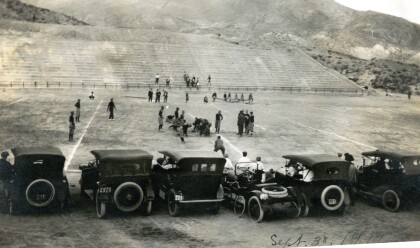
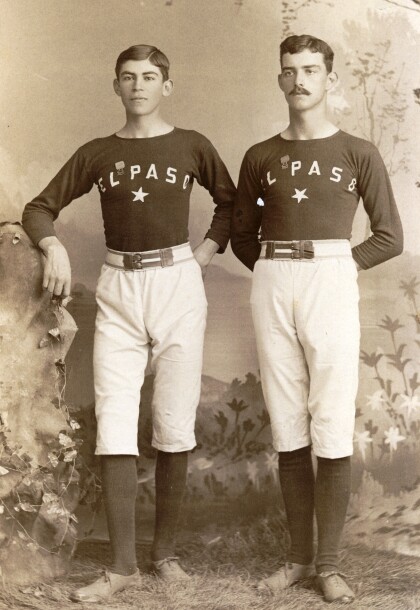
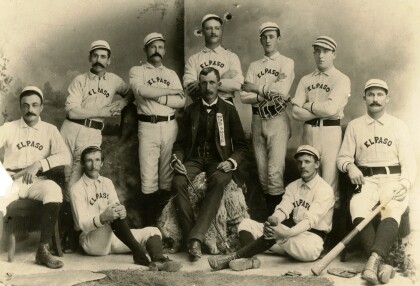
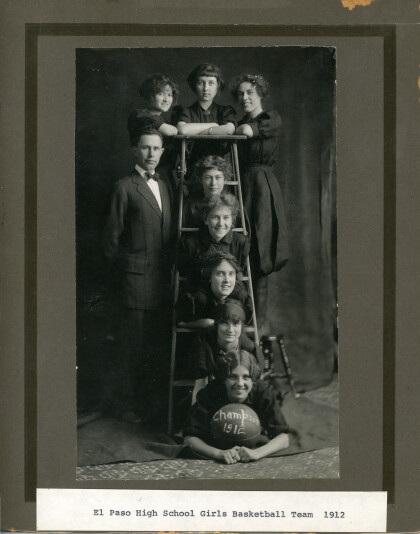
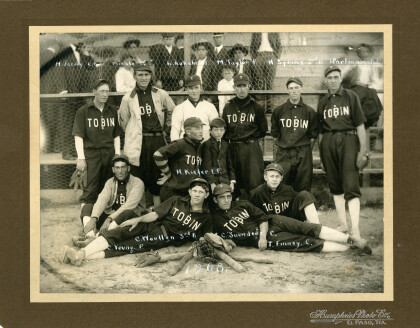
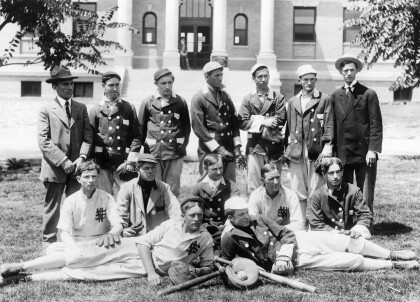
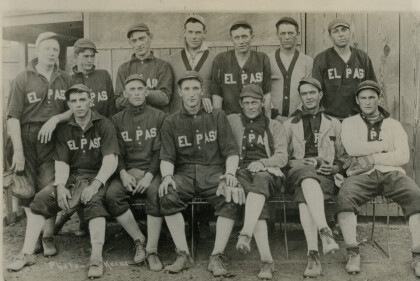
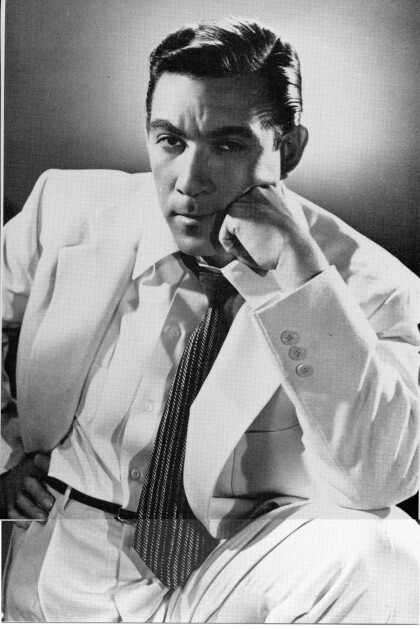
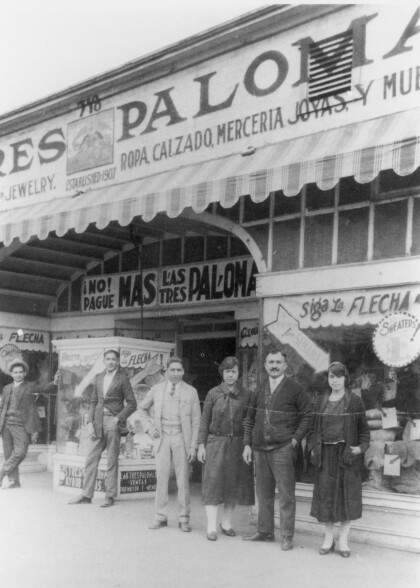
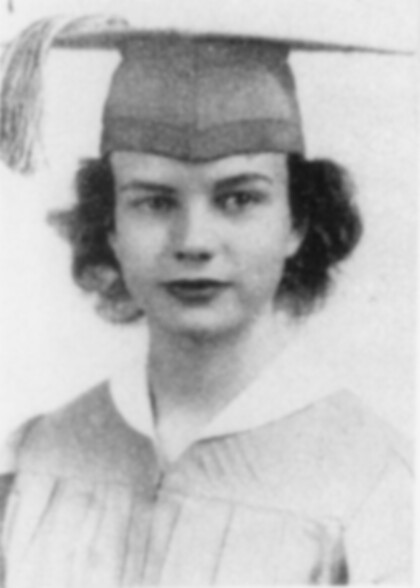
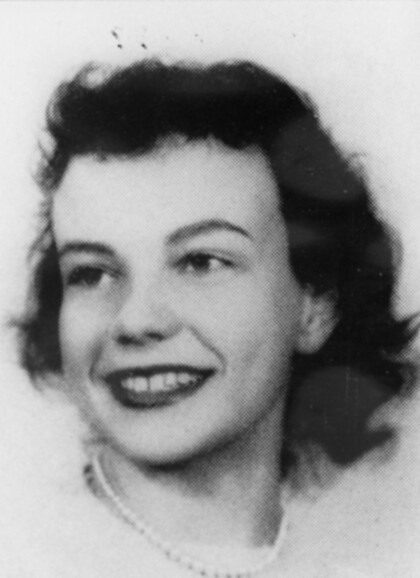
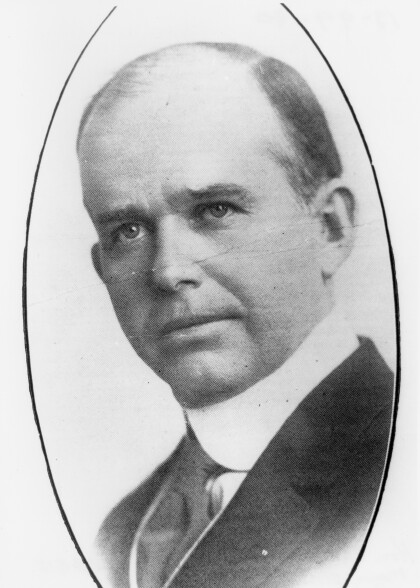
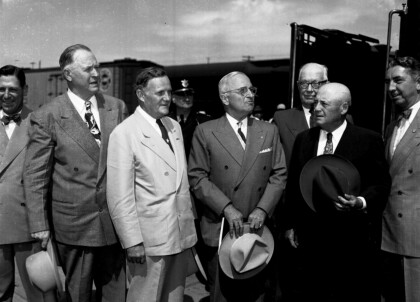
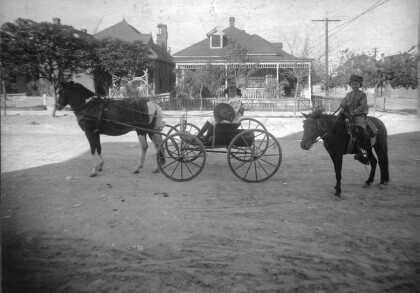

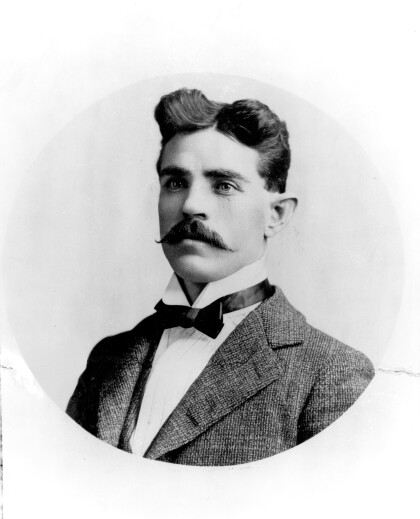
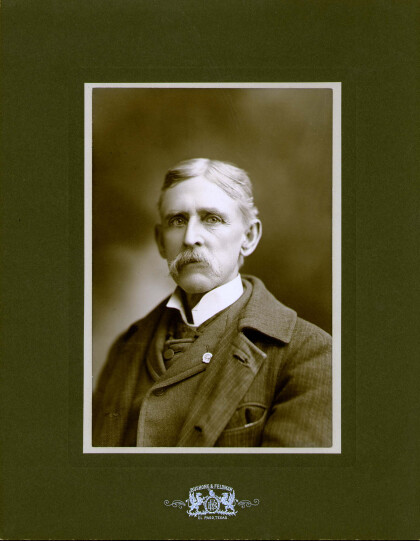
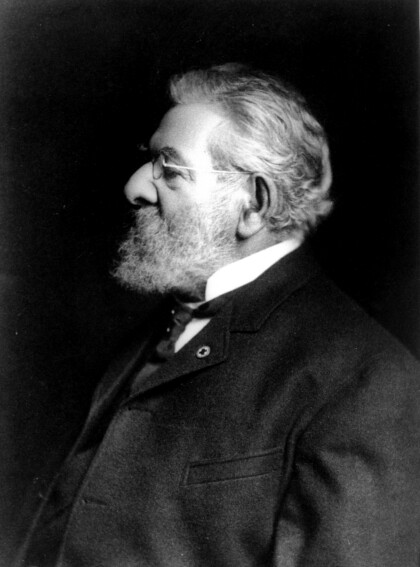
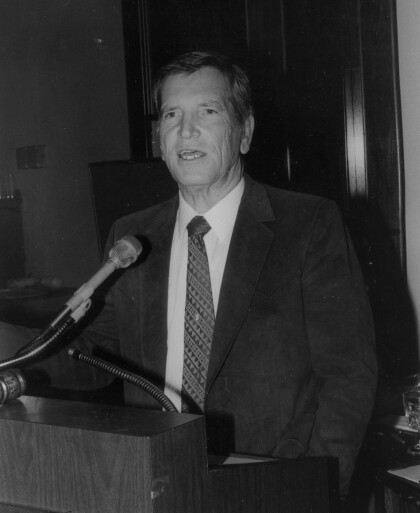
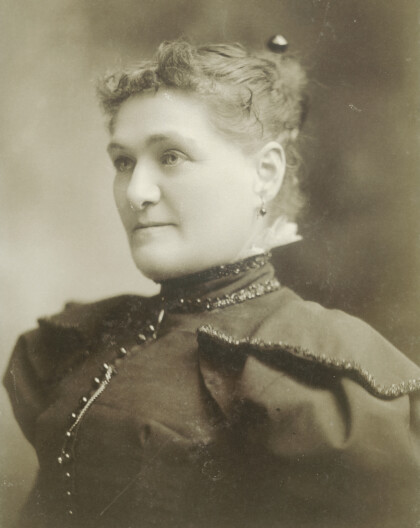
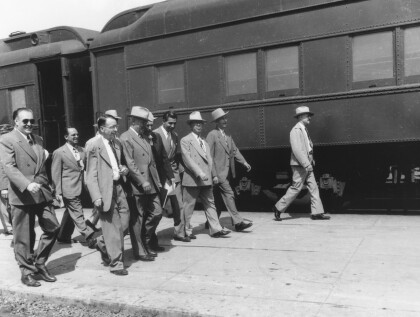
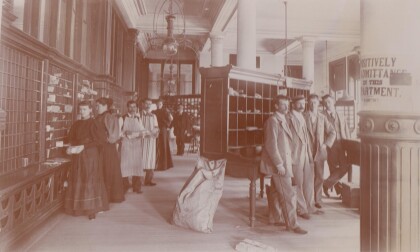
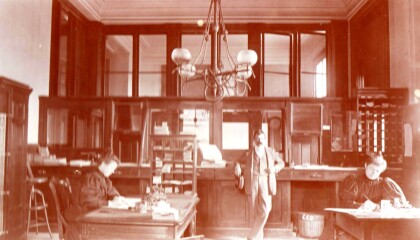
Comentarios
Hacer un comentario